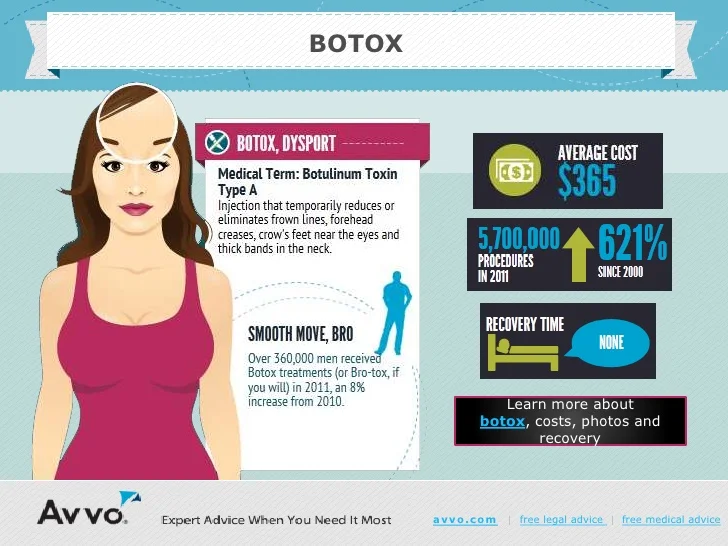Red Light Vs Blue Light For Acne
Red Light Vs Blue Light For Acne
Blog Article
What Triggers Acne?
Acne is a typical problem that impacts your skin's hair follicles and oil glands. It generally appears on your face, neck, shoulders and breast. Papules, pustules and dark spots are typically called pimples or acnes.
Oil glands throughout your body launch a sticky lube, called sebum, to keep your skin and hair flexible. However if pores get clogged, acne creates.
Hormonal Changes
Acne creates when hair follicles come to be blocked with oil from the sebaceous glands. The problem is exacerbated when these glands launch androgens, such as testosterone, during the age of puberty. The excess androgen promotes the skin's oil glands to produce even more sebum, which clogs pores. Acne is an usual issue in teens as a result of these hormone changes. Females may likewise experience hormonal acne while pregnant or menstrual durations. Females with endocrine conditions, such as polycystic ovary disorder and hereditary adrenal hyperplasia, may have greater hormonal agent levels, bring about much more extreme acne.
Other variables that contribute to the growth of acne include genetics (your parents' skin type), diet plan and stress and anxiety. Diet regimens high in glycemic load, or those that raise blood sugar rapidly, may aggravate acne. Specific medicines and medications, such as contraceptive pill, steroids and corticosteroids, can likewise trigger or worsen the condition. Products such as greasy make-up, hair items and hats that aggravate the skin may also trigger outbreaks.
Diet plan
Research studies have revealed that people who consume a diet plan high in foods with a high glycemic index (such as white bread, pasta, rice and wonderful snacks) might have much more acne. This is thought to be since these foods cause sugar degrees in the blood to increase quickly, activating hormones that can boost oil production in the skin.
Milk is another food that can be connected to acne, but scientists aren't certain why. It's possible that the hormonal agents cows produce when they are expecting wind up in their milk and can result in raised acne, but extra research is needed to examine this theory.
Some people additionally report that eating a low-glycemic diet plan helps in reducing their acne, but much more study is needed to confirm this. Furthermore, some specialists believe that particular vitamins and nutrients can assist protect against or reduce acne. These include vitamin A, vitamin D and omega 3 fatty acids. People who eat foods rich in these minerals and vitamins, such as liver, eggs, milk items, kale and dark leafy veggies, may be much less most likely to obtain acne.
Ecological Irritability
Acne occurs when hair follicles come to be blocked with oil and dead skin cells. The resulting sores (acnes) are most usual on the face, however can likewise show up on the upper body and shoulders. Usually, acne shows up in a pattern that mirrors a person's genetic make-up, however it can be intensified by external variables such as diet plan, lifestyle, and skin care items.
High-glycemic foods, such as chocolate and nuts, can activate breakouts in some individuals. Milk products can also add to acne. Anxiety can cause the body to create cortisol, a hormone that boosts sebum production and creates inflammation.
Unclean or blocked pores can bring about the formation of blackheads, which are open pores filled with excess oil that have been revealed to oxygen. They look dark because the oil is oxidized and can not escape the pore quickly. Making use of non-comedogenic (non-clogging) skincare items and cleansing routinely can help reduce the development of these types of pimples.
Tension
Anxiety isn't a straight source of acne, yet it can make it even worse. One concept is that when worried, your mind triggers an increase in the production of corticotropin-releasing hormone (CRH), which might encourage your skin cells to generate even more oil, obstruction pores and cause acne.
One more possibility is that feeling frazzled can trigger you to sleep badly, eat unhealthy foods and escape from your normal skin care regimen. Every one of these variables can promote the development of acne breakouts.
Stress-related acne tends to show up on the more normally oily areas of your face, consisting of the forehead, nose and chin. It generally looks more like a collection of blackheads, whiteheads and red bumps than masseter botox a single acne. If you experience a lot of stress and anxiety and notice that your acne worsens, consider talking with your physician concerning treatment choices. They might be able to recommend drugs like isotretinoin, which can reduce serious acne outbreaks.